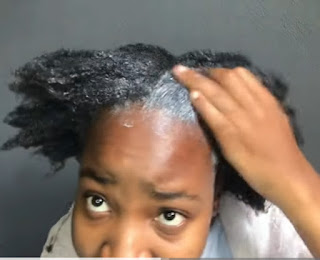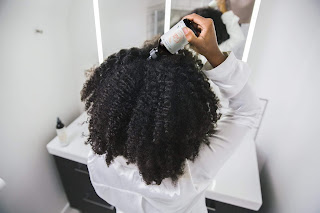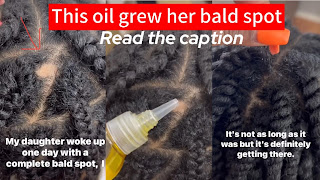How to Use Beets in Your Hair

Here are some ways to use beets in your natural hair: 1. Beet hair mask: Boil beets in water, let it cool, and use as a hair mask to add shine and hydration. 2. Beet juice hair treatment: Juice raw beets and apply to hair as a treatment to stimulate blood flow and promote hair growth. 3. Beet powder hair mask: Mix beet powder with a carrier oil or yogurt to create a hair mask that adds color and nourishment. 4. Beet oil infusion: Infuse beet juice with a carrier oil like coconut or olive oil to create a hair oil that promotes hair growth and shine. 5. Beet hair rinse: Use beet juice as a final rinse after shampooing to add shine and protect hair from damage. 6. Beet hair dye: Use beet juice as a natural hair dye to add a reddish tint to your hair. 7. Beet and coconut oil hair mask: Mix beet juice with coconut oil and apply as a hair mask to nourish and moisturize hair. 8. Beet and honey hair mask: Mix beet juice with honey and apply as a hair mask to add moisture and shine. 9. Be...


































